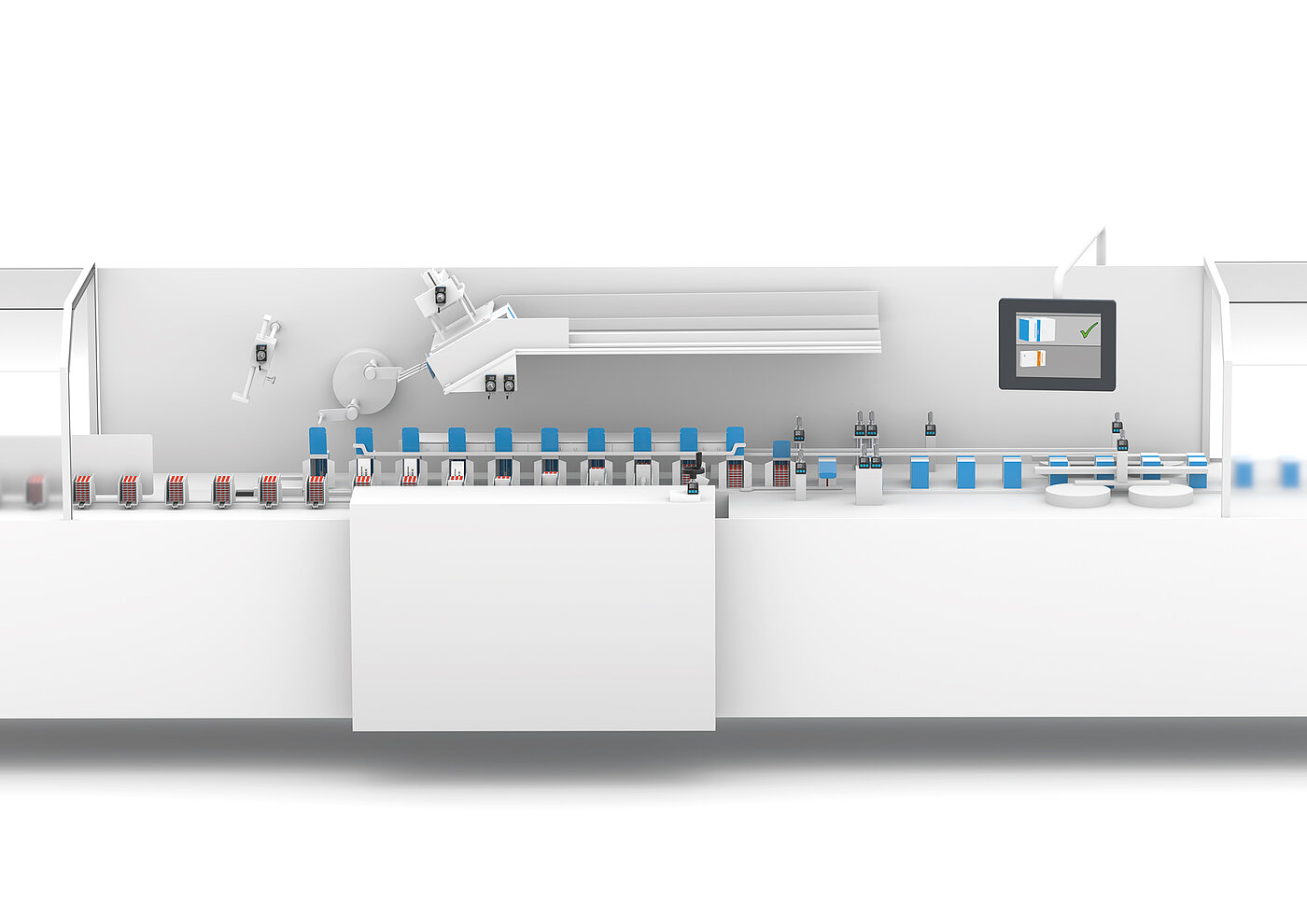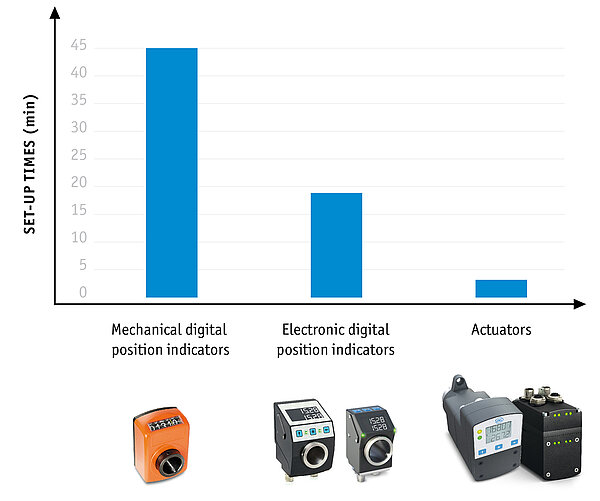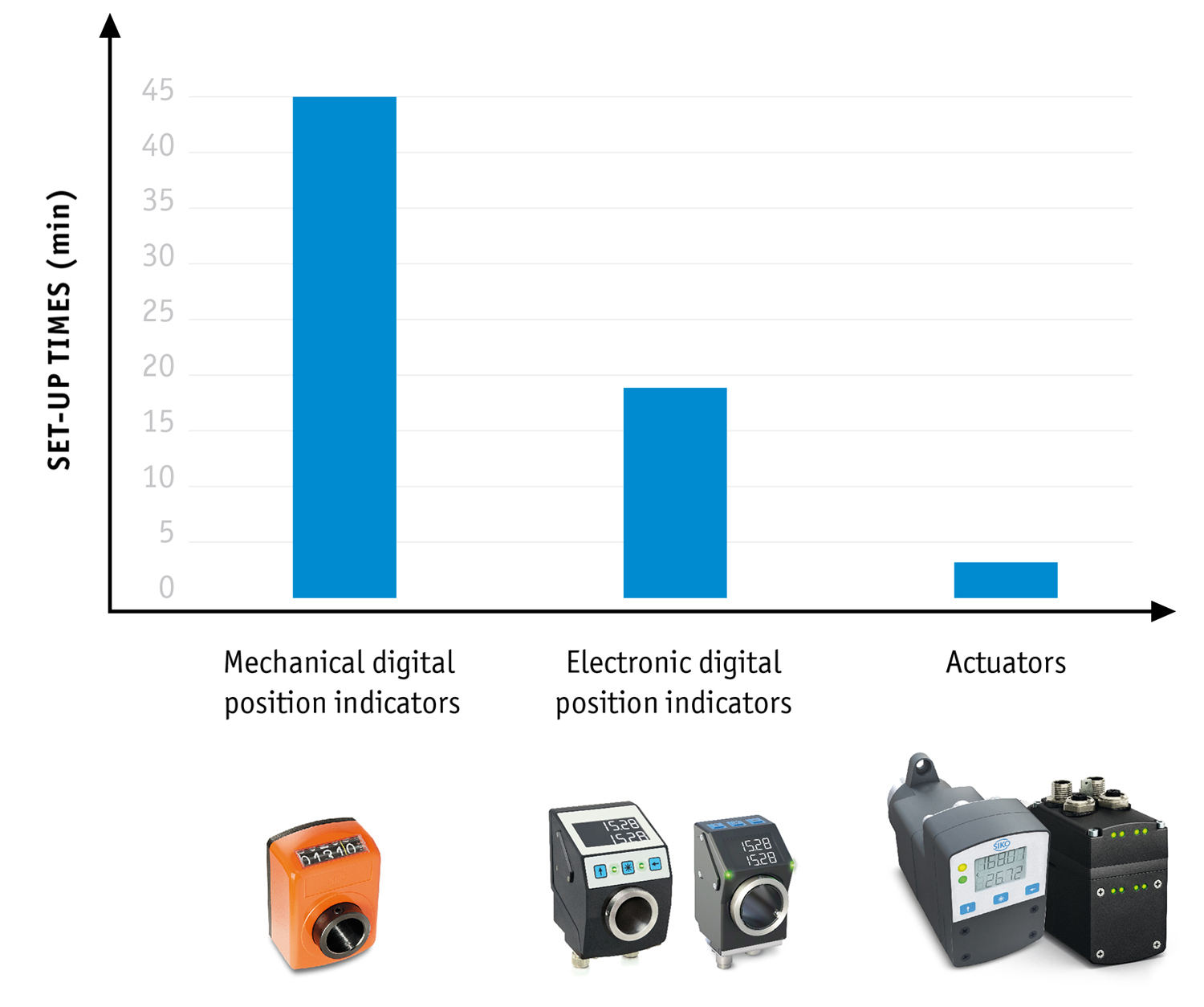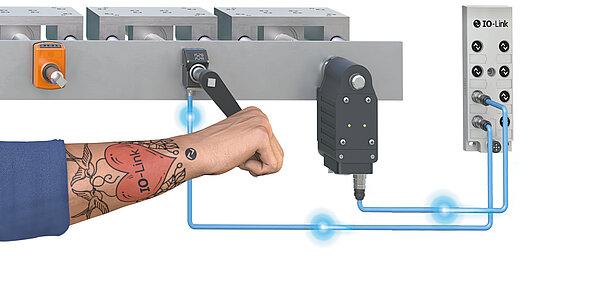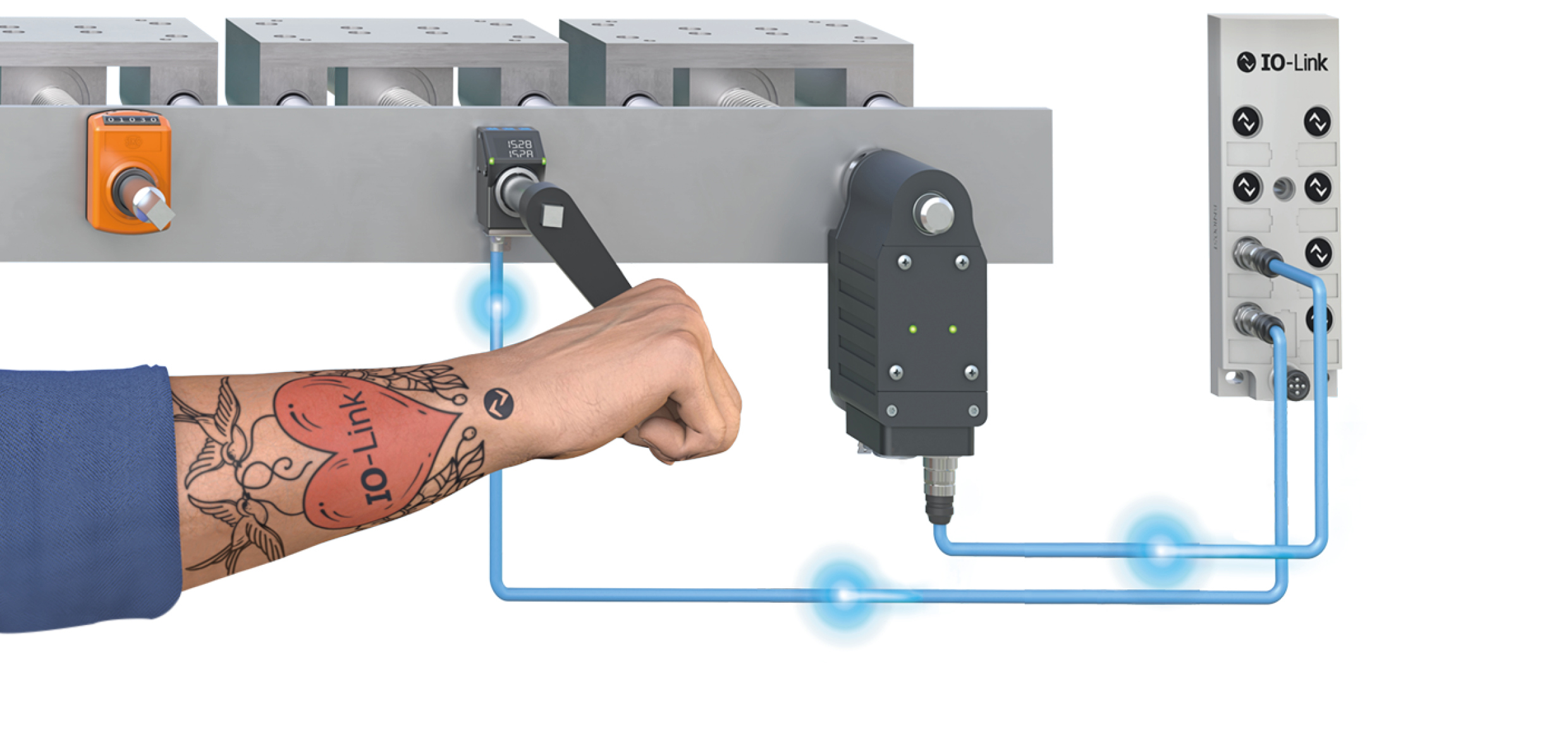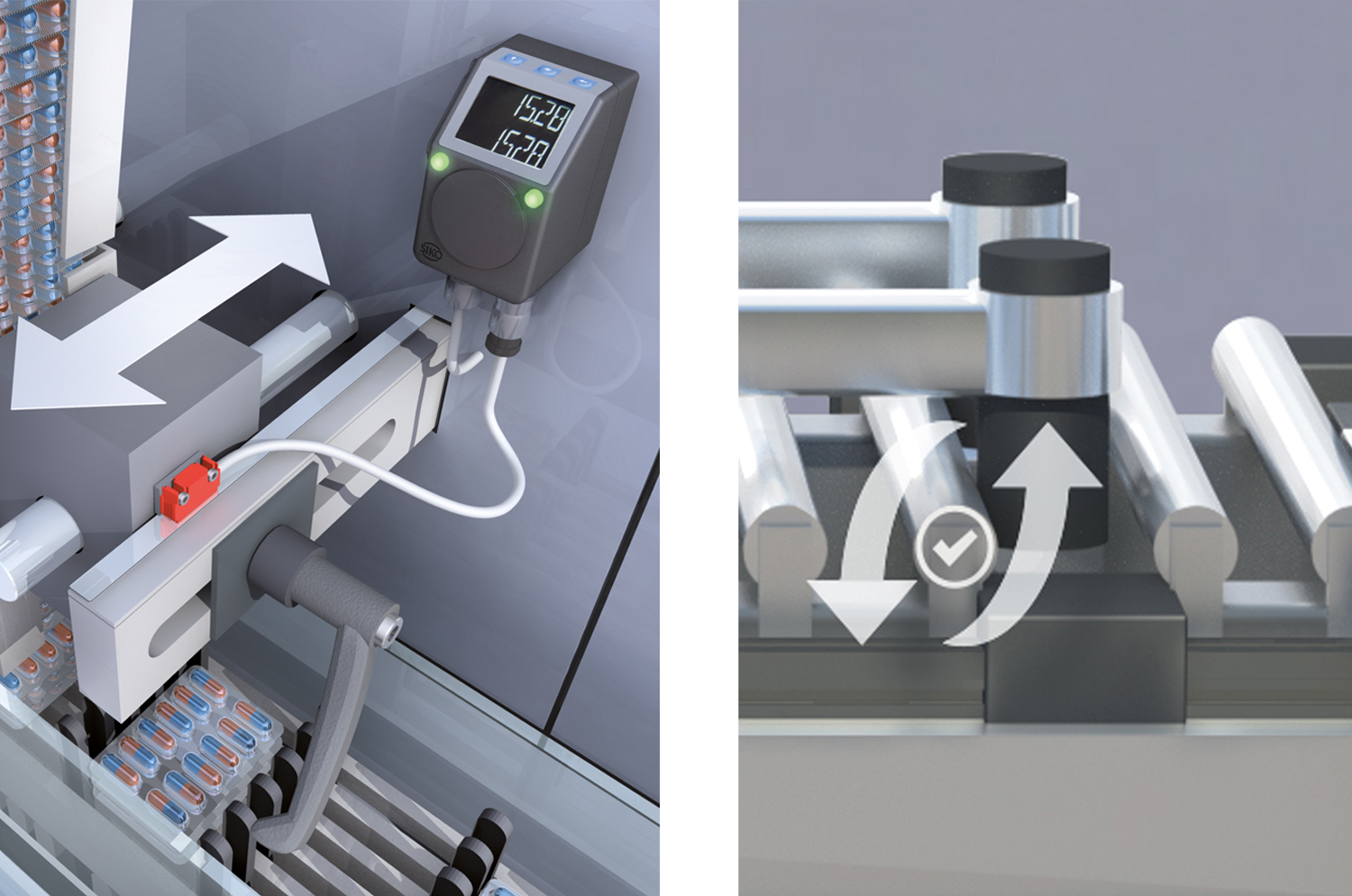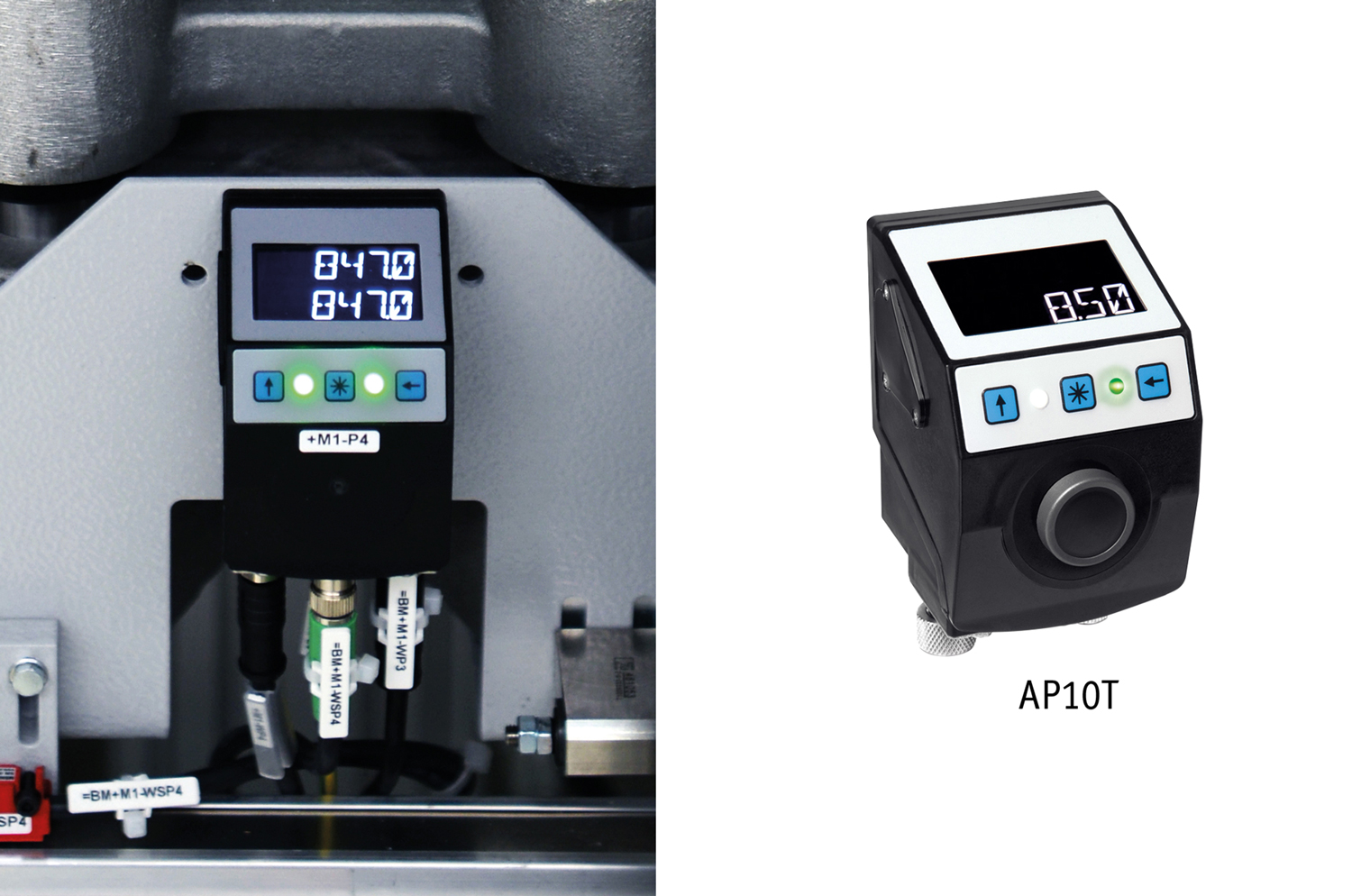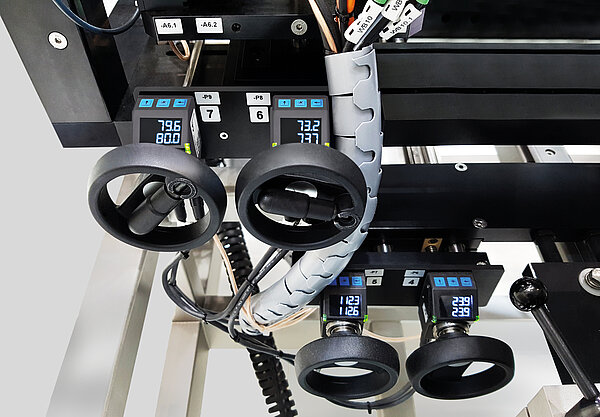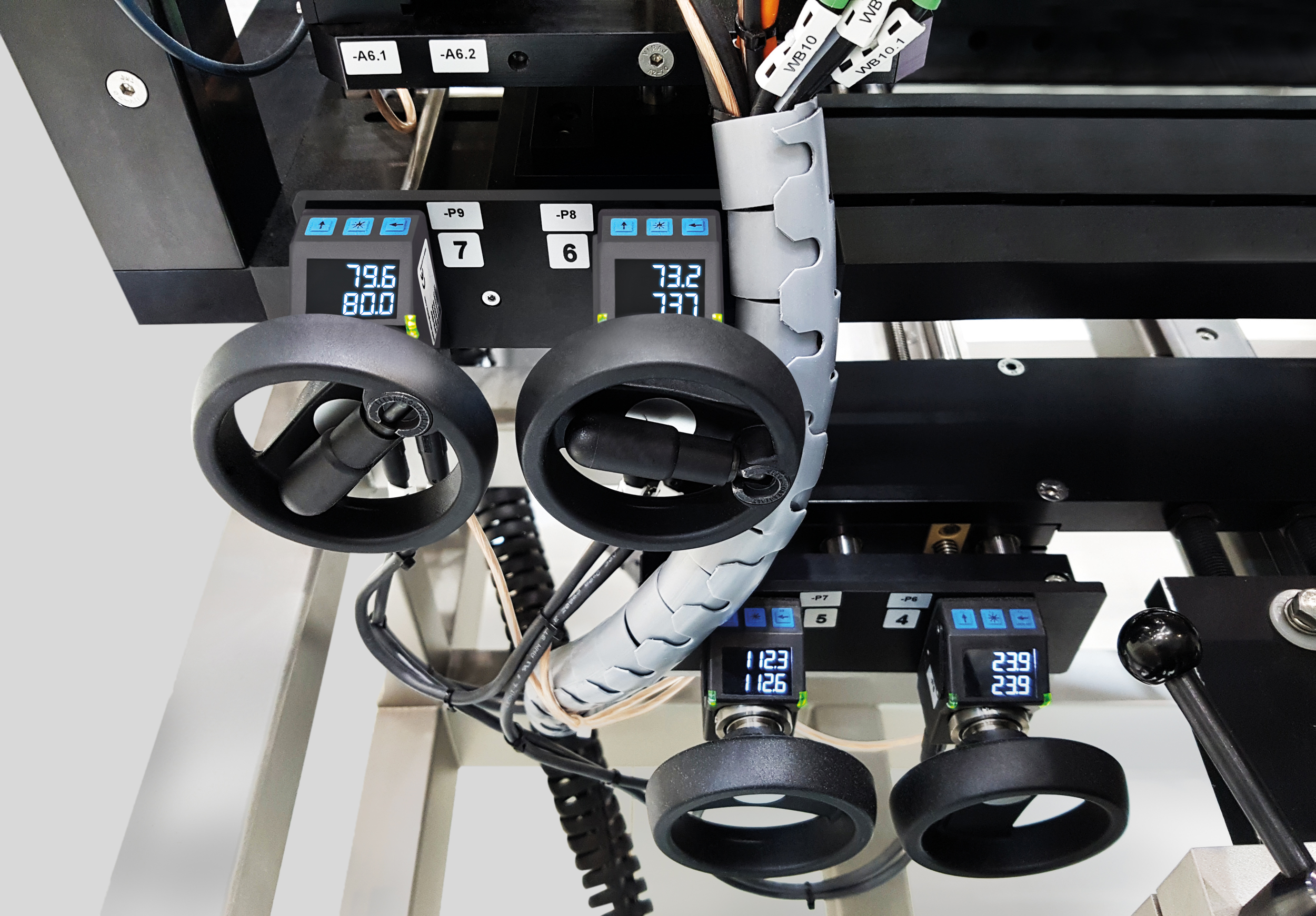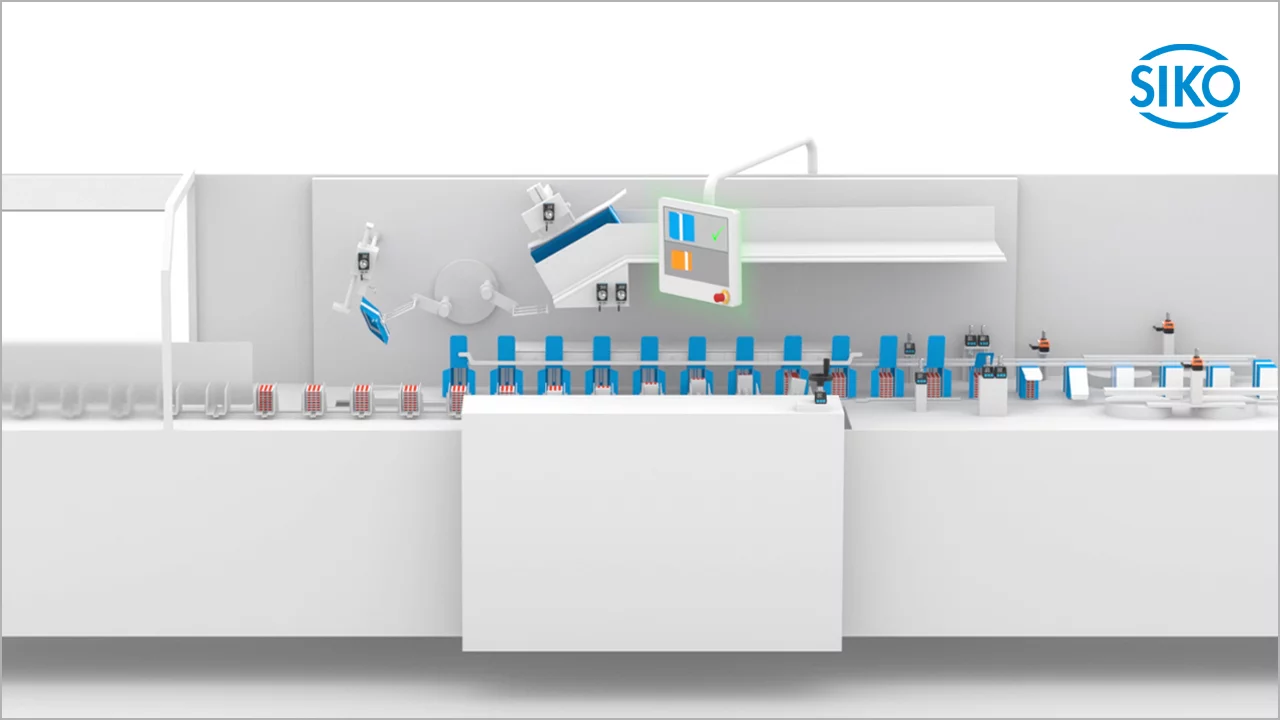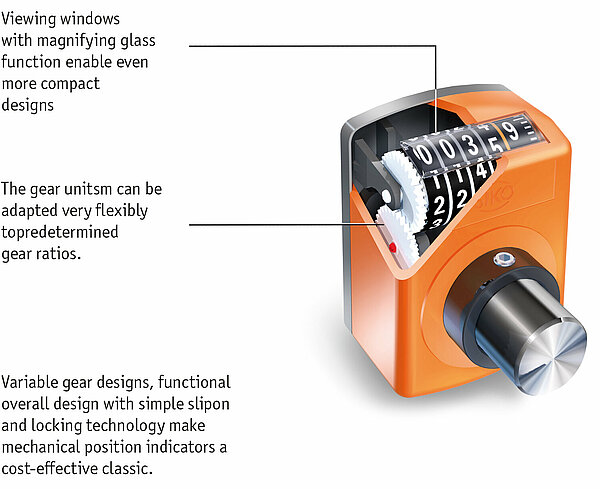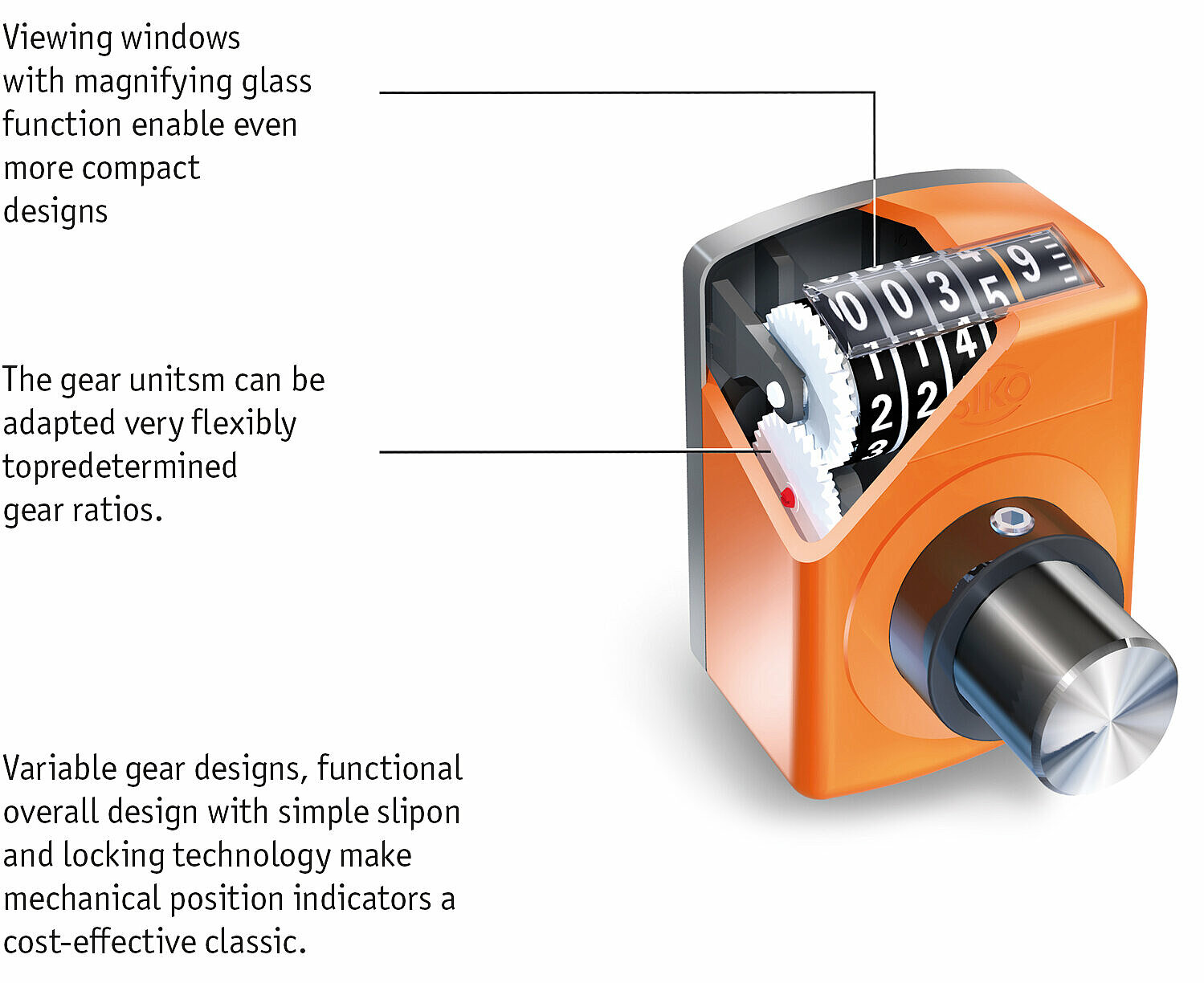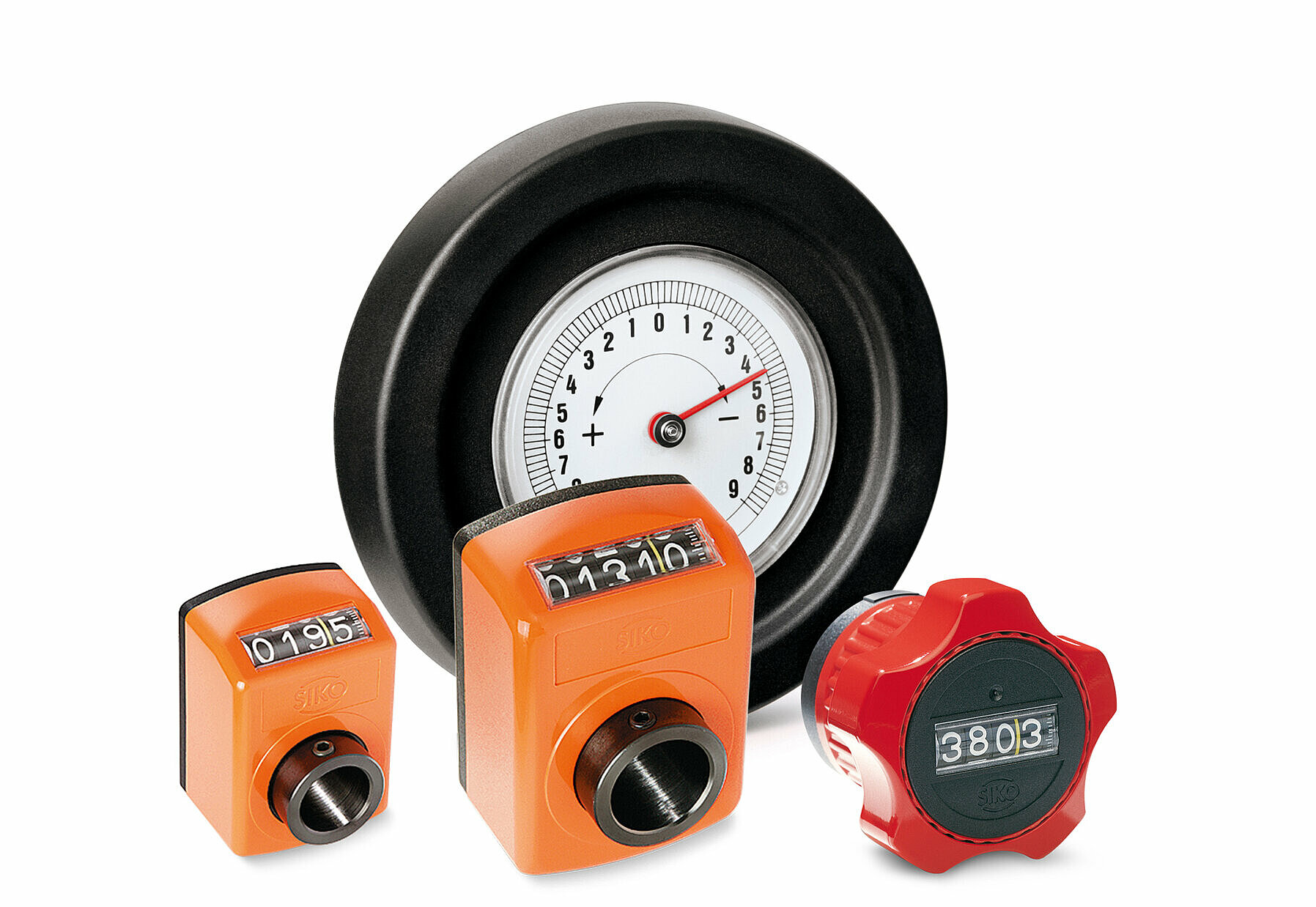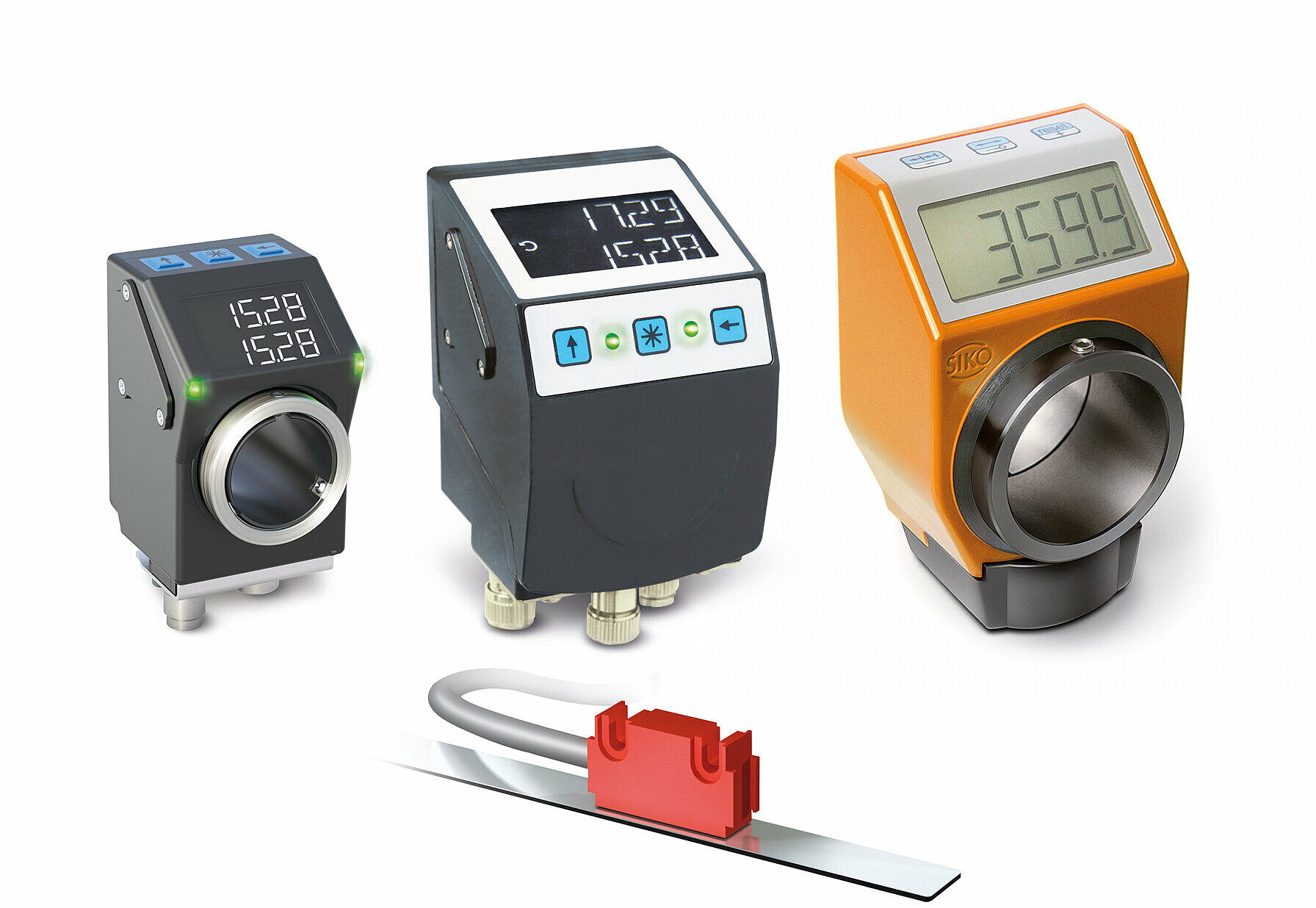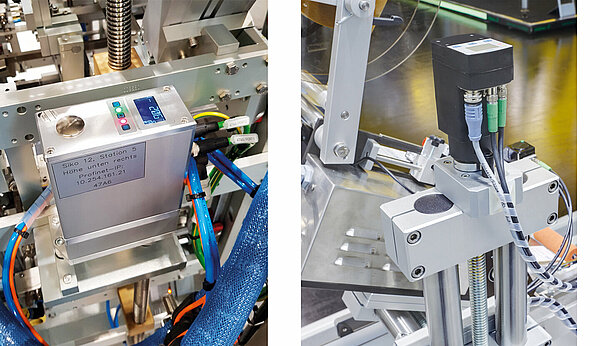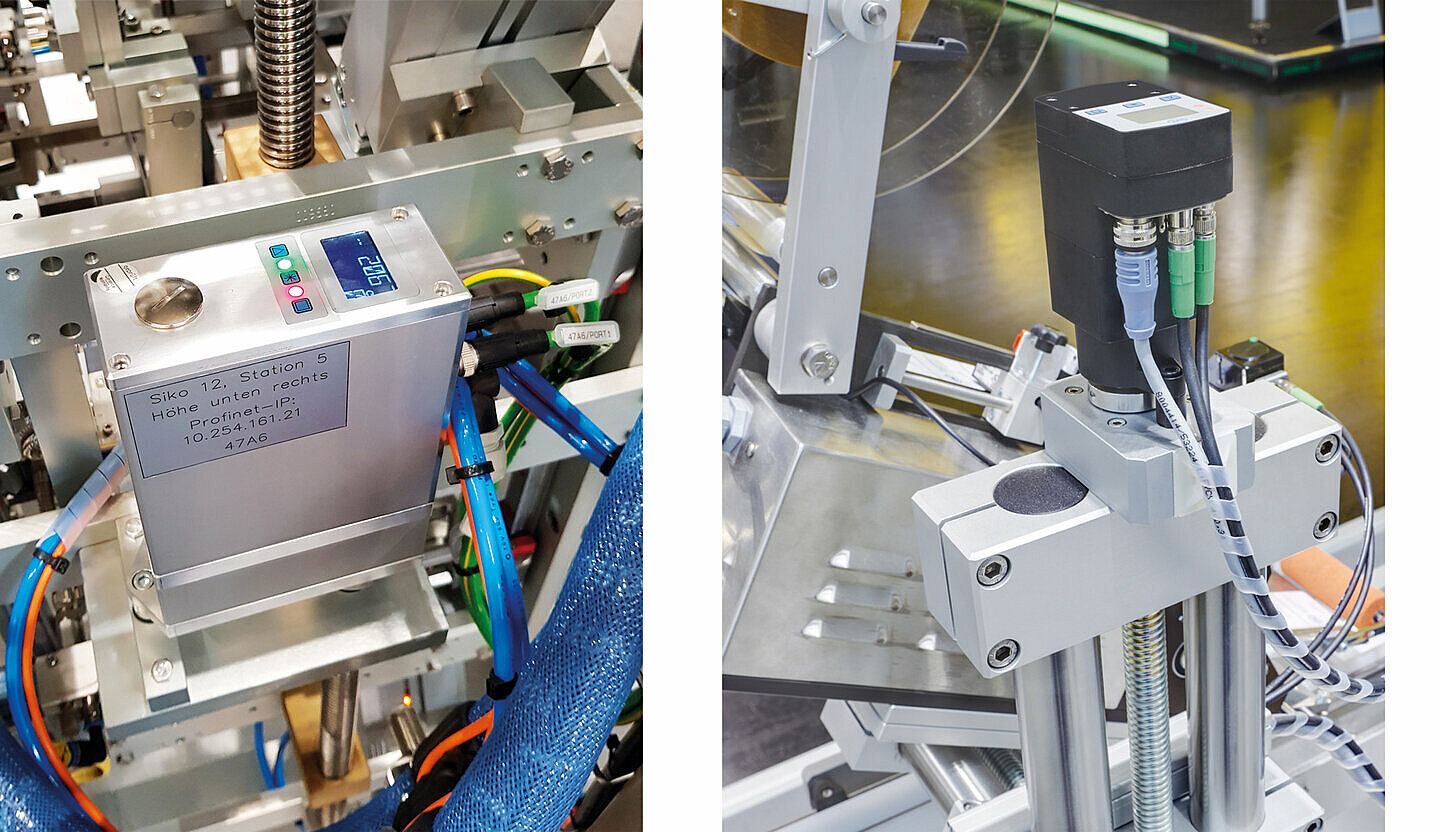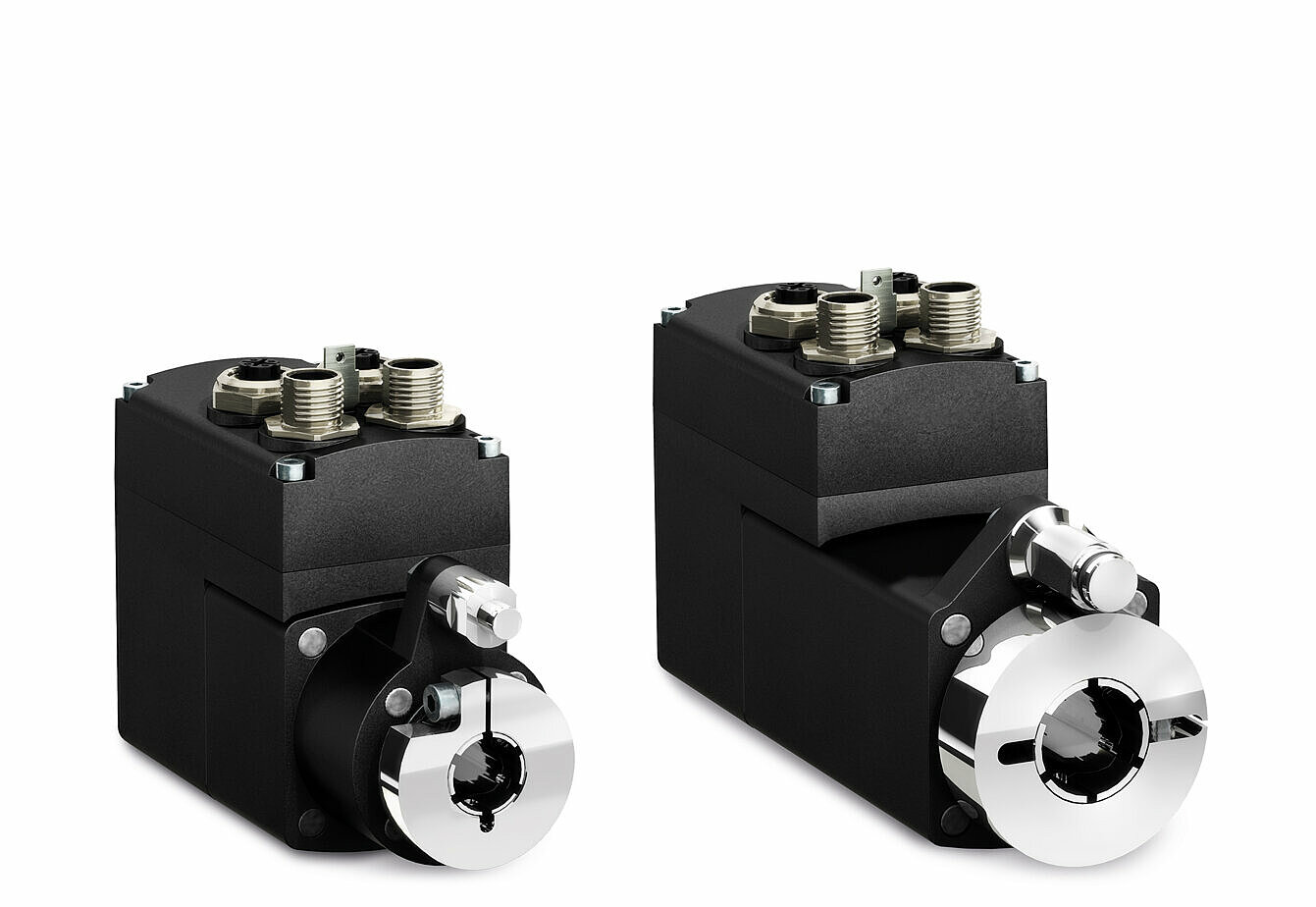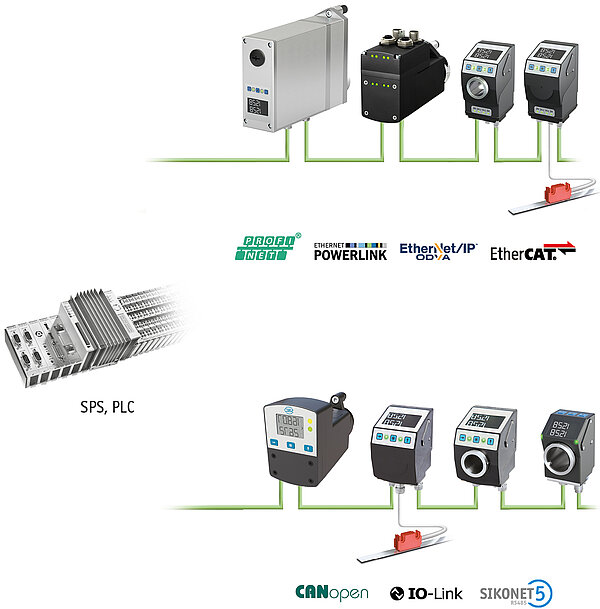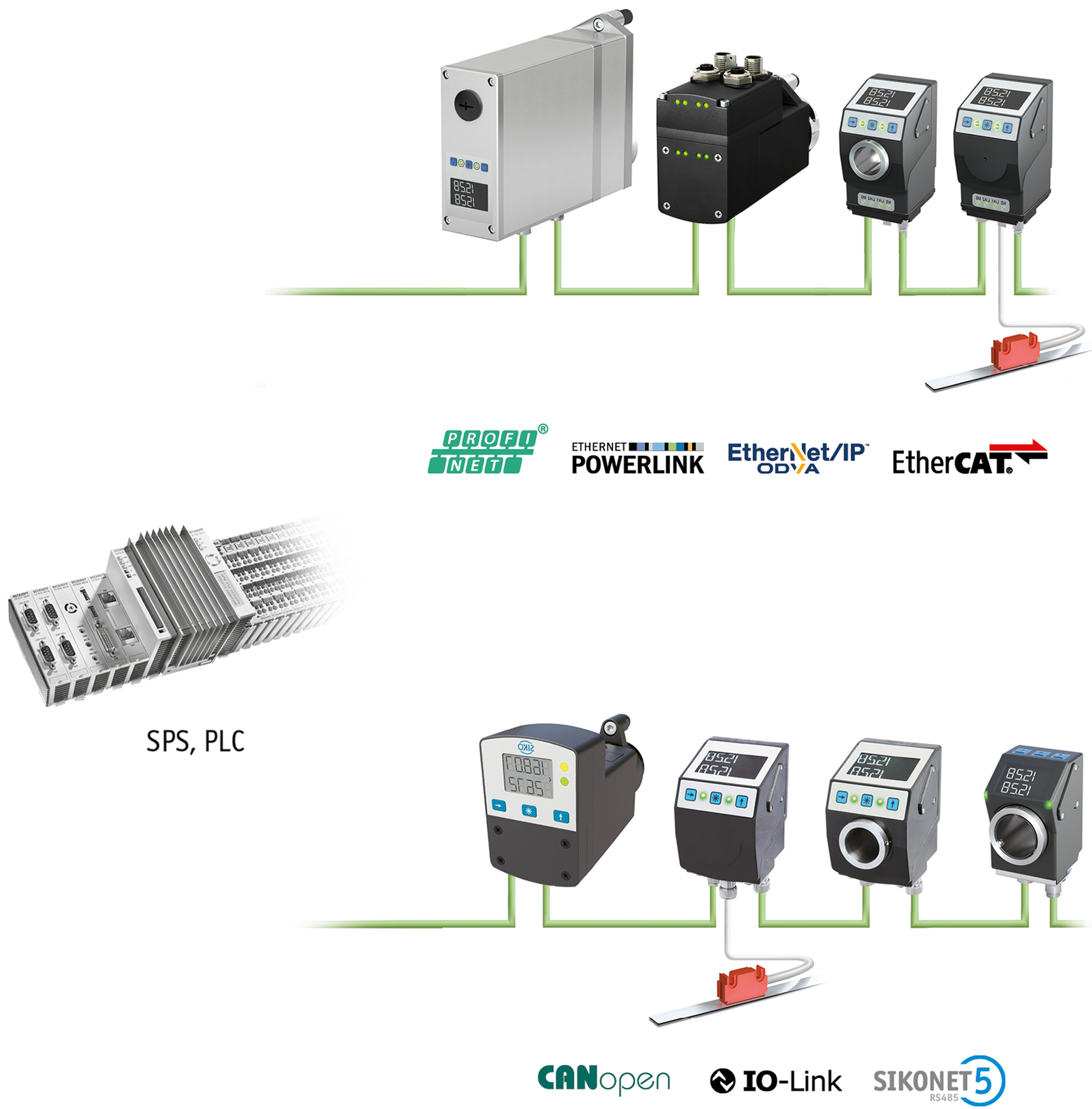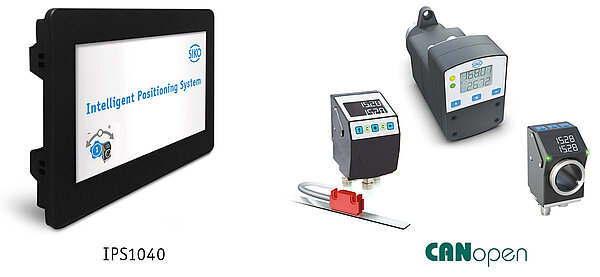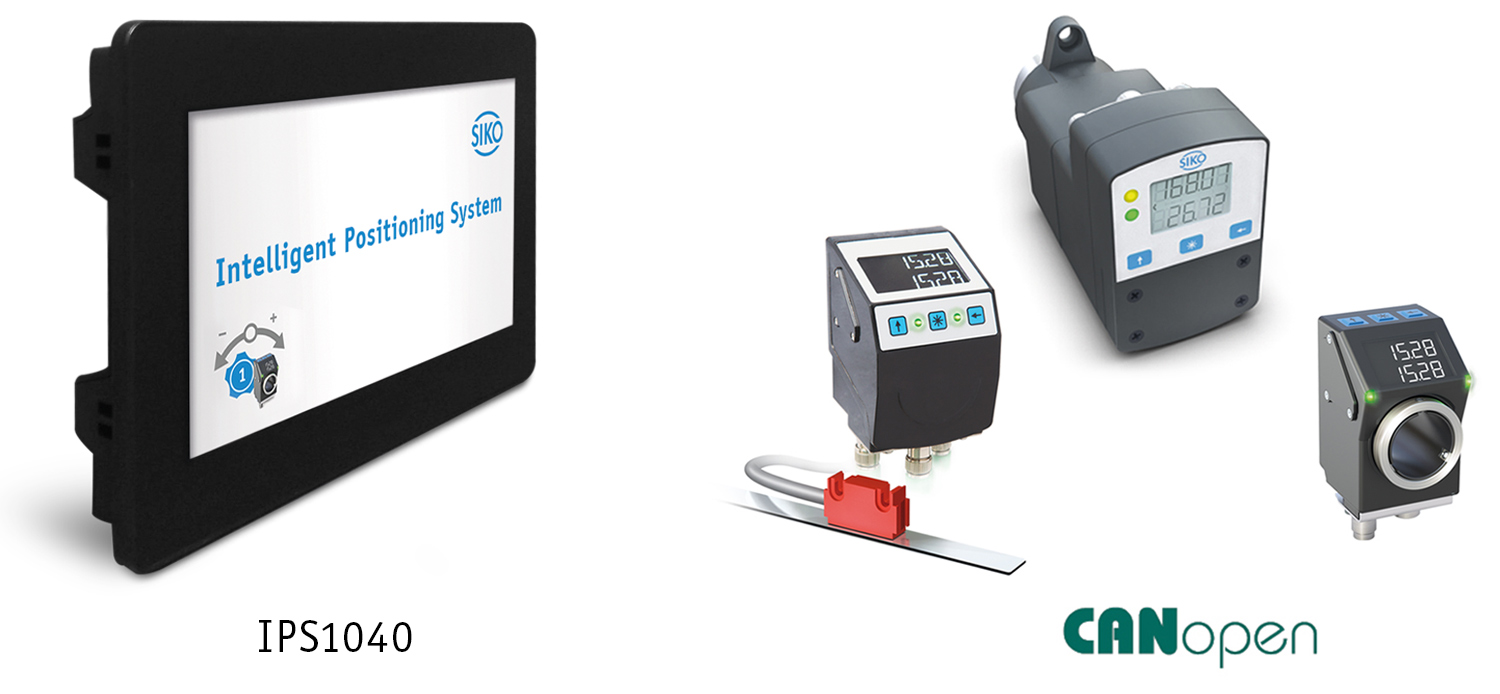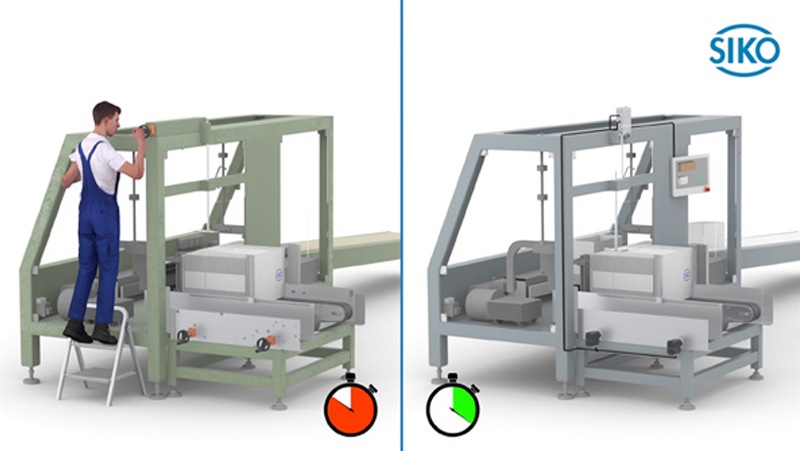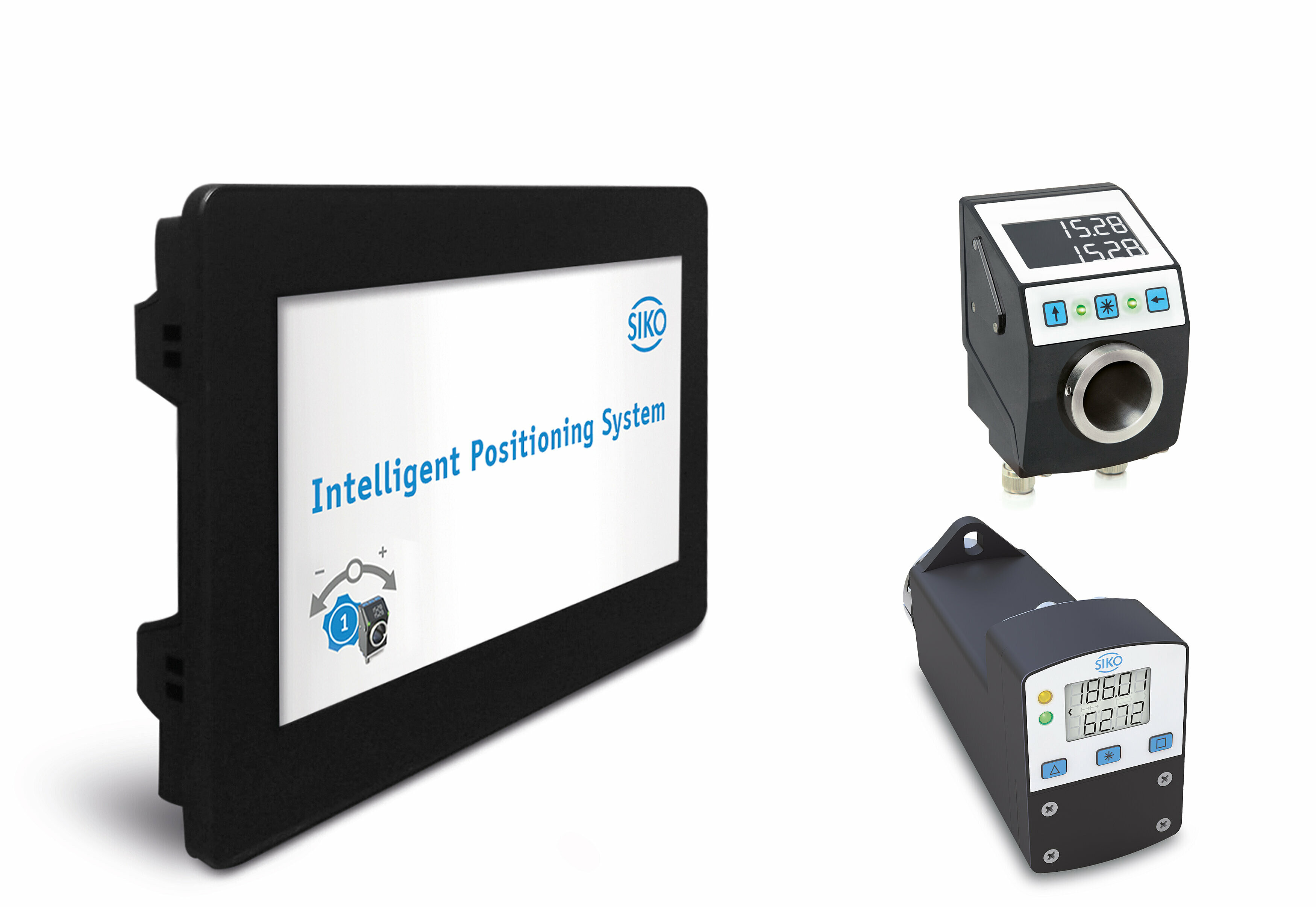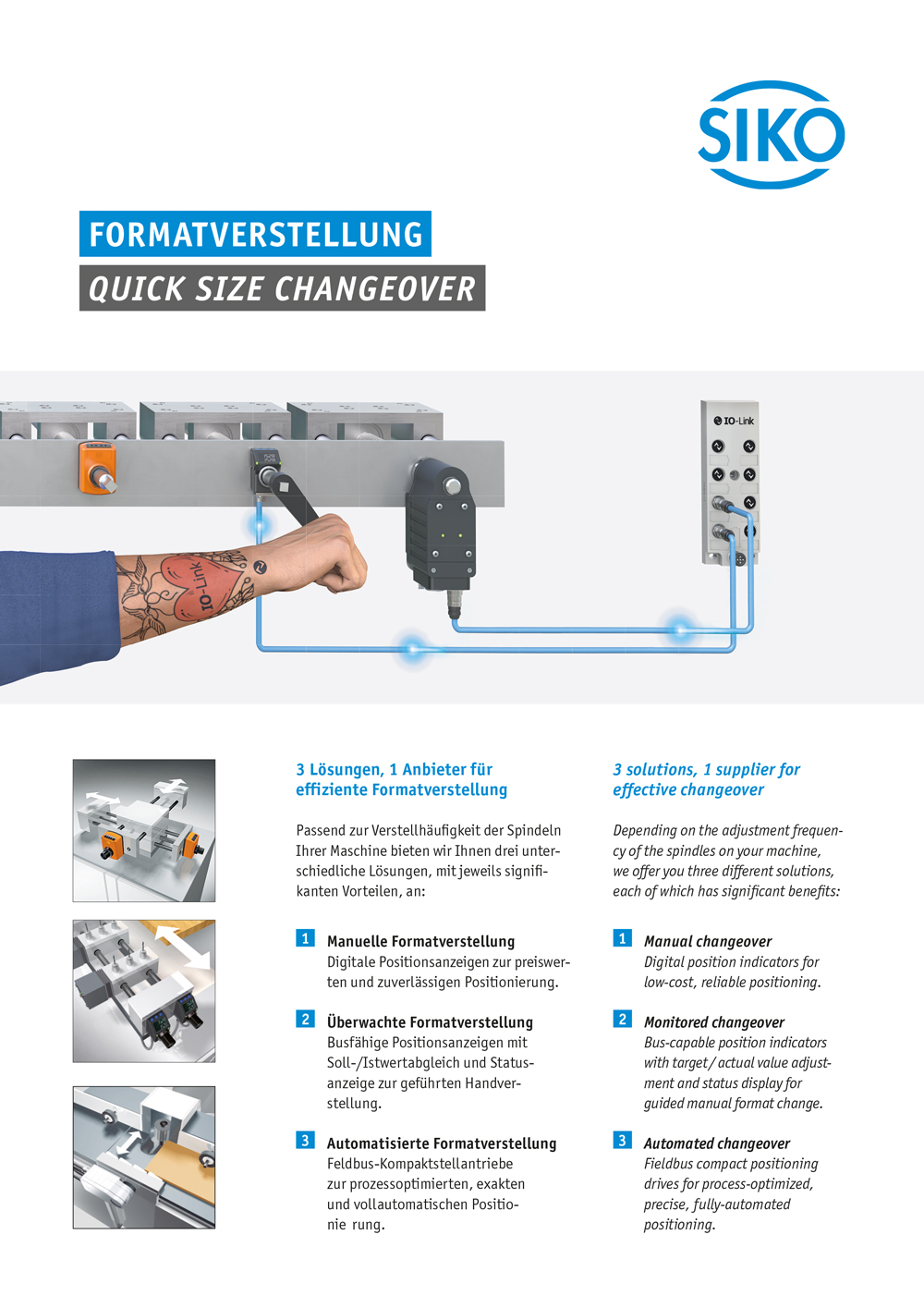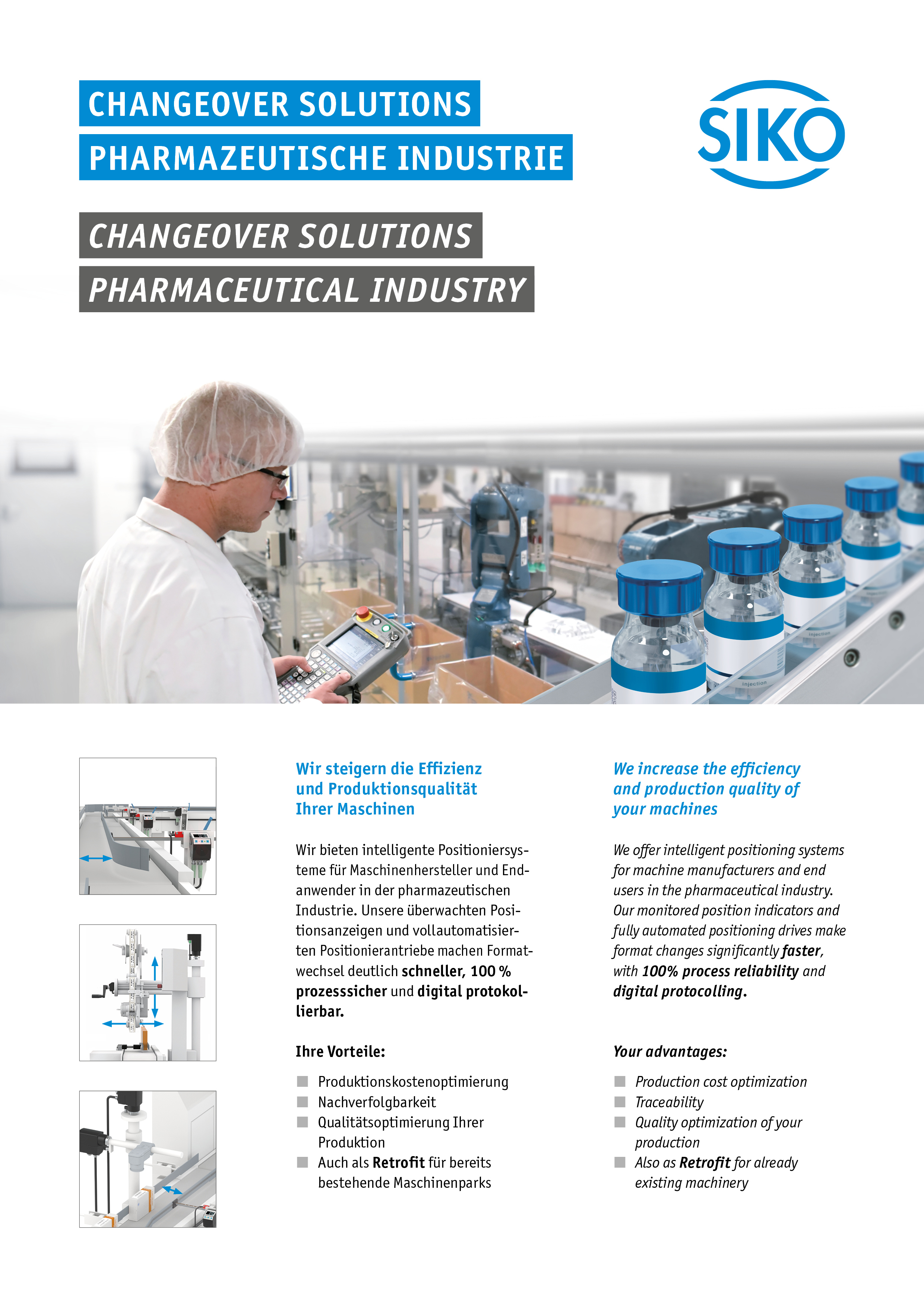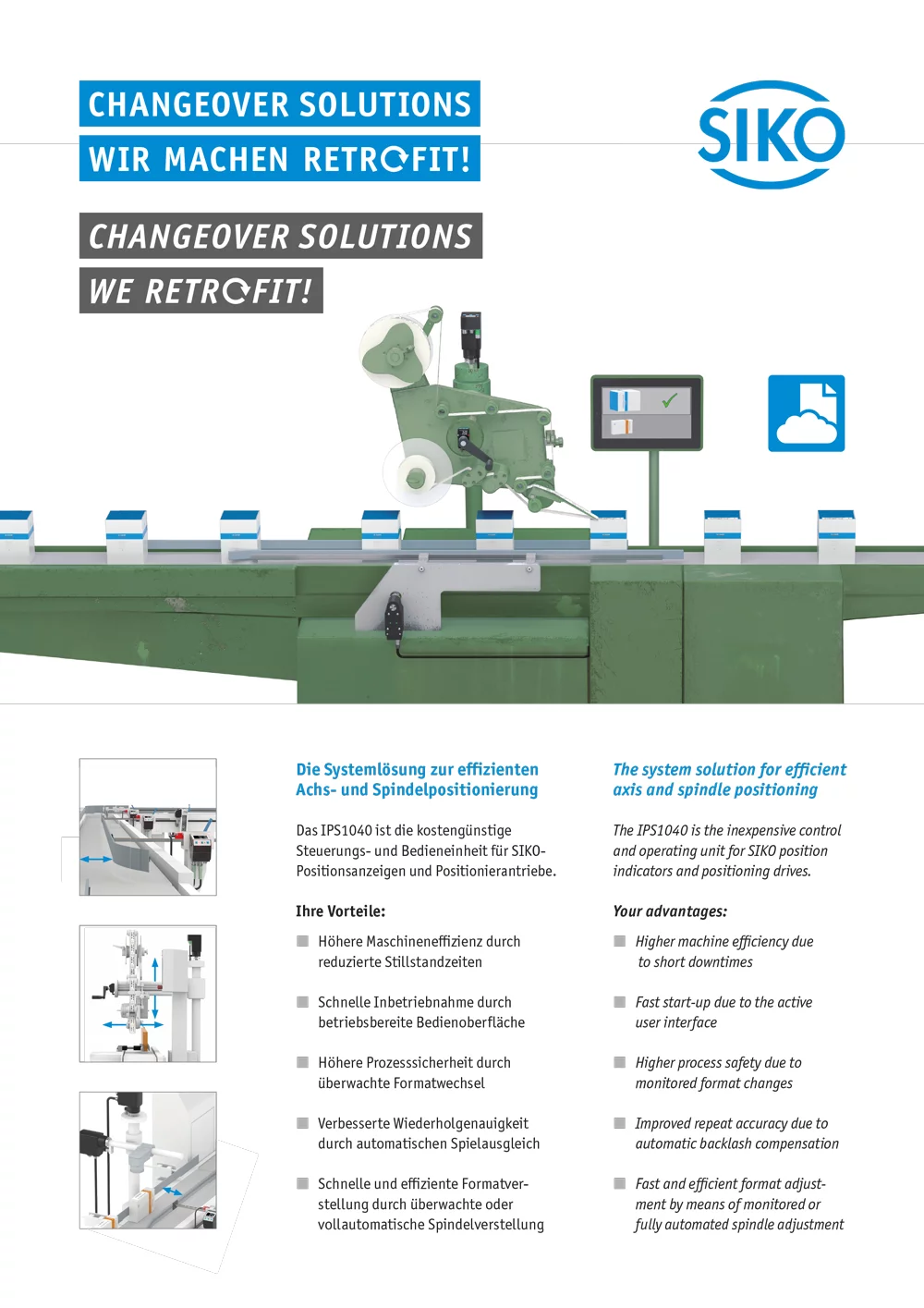Industrial production is characterized by an ever-increasing product variety, which is reflected in decreasing batch sizes in production. The more products need to be individualized, the more the demands on the flexibility of production plants increase. It is a question of the optimal system availability as well as the reduction of downtimes and setup times for the smallest batch sizes down to a number “one” of pieces. A factor that cannot be underestimated in the improvement of the system availability is the optimization of the changeover times during product changes in equivalence test format adjustment.
This does not necessarily require complicated and cost-intensive automation of the entire system. Instead, all adjustment points should be specifically checked to determine whether they can be optimized and each axis should be equipped with corresponding positioning systems when considered on its own. The possibilities range from a cost-effective, purely mechanical solution to Industry 4.0-capable, “smart” positioning systems, which are networked and communicate with one another. In this way, the production processes can be designed efficiently and consequently costs minimized.
What format adjustment means
Although a somewhat bulky term, format adjustment is present everywhere in the industry, in every machine and industry. Regardless of whether packaging or woodworking machine, the term format is used when a new dimension is set on a machine for a new product.
Not only due to automation, but a change of the axes is also required for each machine as soon as the product to be produced or its dimensions are changed to be able to deliver exactly the product that a customer has ordered. Formats can be adjusted either manually via a crank or fully automated. The more individual customer wishes are, the more intelligent, highly efficient format adjustment is required.
Spindle adjustment
Spindle adjustment is the most common variant of the format adjustment, e.g., in packaging, woodworking or even printing machines. The format or the axis of the machine is adjusted by means of the rotary movement of a spindle. This can be done manually via a crank or a handwheel or fully automated via a position drive. Spindle adjustment provides an extremely fine adjustment possibility, since only a few millimeters per revolution are covered as a rule to readjust the unit. In contrast to this, it is considerably more difficult to fix a value so precisely in the case of a linear guide in which manual displacement takes place.
Adjustment via slides/linear guides
A linear guide is used where no spindle is available for format adjustment. In this case, a carriage is pushed over a rod and the new position is set via this mechanical construction. For this purpose, a lot of tact and sensitivity is required during the manual adjustment to achieve correct adjustment.
A typical application for linear format adjustment is a circular saw, in which the stop for the wood must be pushed to the appropriate size to be able to cut a board of appropriate size. In the case of a linear format adjustment, the manual variant is customary in comparison with an automated adjustment, since it is considerably more difficult and complicated to automate a linear movement than a rotary movement. Monitored format adjustment using bus-enabled position indicators is recommended to be able to adjust a linear guide as precisely as possible.
Format part change
When changing the format part, it is no longer a question of a pure adjustment of axes, but format parts, i.e., individual tools or machine parts, are replaced as such. SIKO provides monitoring solutions to carry out this manual change correctly. A format part change could also be carried out automatically; robot technology would be required for this purpose, but this is not the subject of this white paper.
The effect of cost reduction by optimizing the speed during setup times is most noticeable with monitored and fully automatic format adjustment.
If the value to be set is already displayed directly on the axis via the machine control during monitored format adjustment, the search of the values in stored product lists is unnecessary for the machine operator. Fully automatic format adjustment is even more efficient if no crank has to be operated manually, but instead a positioning drive handles positioning “at the touch of a button”.
Increased accuracy for quality improvement or assurance
Since an accurate as possible measuring system is first required to set a specific position of an axis, with which it is possible to determine at which position the unit is currently located. However, errors can occur during manual adjustment and negatively affect the product result. In the worst case, rejects could be produced until an incorrect machine setting is noticed. The optimization of the format adjustment aims to increase repeatability. A product should be present again in the same form and quality after a change, even if it is produced again. Therefore, reproducibility is a decisive factor in format adjustment, so that constant product quality is ensured.
In addition to reproducibility and cost reduction through speed, an increase in process reliability is another argument for optimizing format adjustment. Position status is displayed clearly by LED lights monitored format adjustment; green means “position correct”, and red signals “position incorrect”. This is ergonomic for the operator and, more importantly, readable for higher-level machine control.
This makes it possible to program the machine so that it only resumes production when all positions are correctly set after format adjustment. Bus capability of the position indicators is decisive, so that the machine control can read and monitor the position values. Thanks to bus capability, the machine controller receives the actual values from the position indicator (reading) and can in turn predetermine the setpoint values (writing).
Manual format adjustment with position indicators
Manual format adjustment as the simplest and most favorable variant is predestined for basic machines with rare format adjustments. Mechanical-digital or electronic position indicators are used that determine the positioning inexpensively and reliably. Dreistern Company Digital indicators are responsible for aligning the tools within the “metal forming” process chain.
Basic requirements for reproducibility in format adjustment
The current position of a spindle must first be measured with a suitable measuring system in a defined accuracy. In addition, the actual position must be readable in clear values for reproducibility. These are also the basic requirements for format adjustment via slides as well as for format part change in principle. The format parts must be clearly marked to ensure that the operator always reinserts the same required ones.
Basic functions and structure of position indicators
There is a measuring system in every position indicator, which has high accuracy, typically with a tolerance of approximately ± 0.5 degrees. A position indicator also provides controllable digital display values. Different indicator values are possible depending on the corresponding spindle pitch.
As a rule, the rotational movement of the spindle is converted into a linear movement, which a slide sets. The spindle pitch indicates which path is carried out linearly per revolution. Mounting via a hollow shaft is crucial for easy and cost-effective retrofitting of the position indicators. In addition, the position indicator is equipped with a sliding bearing with lifetime lubrication, i.e., the indicator is completely maintenance-free. In addition to the measuring system, a position indicator also includes a display. One variant is a mechanical-digital position indicator, the SIKO counters, which represent the values in decimal places in powers of ten in the form of number drums. Elektronische Positionsanzeigen On the other hand, electronic position indicators have an LCD display
The AP series for the monitored format adjustment also shows the setpoint value in the second display line.
Basic design of a positioning drive: The basic idea of a positioning drive is the highly integrated design including the brushless DC motor (which is wear-free), a low-play and powerful transmission as well as the position encoders and power and control electronics.
As a result, the of positioning drive can be connected directly to the control The positioning drive is also easy to adapt to the existing spindle thanks to the integrated hollow shaft
What distinguishes the drive in particular is its compact design with high performance and numerous functions. Various standard interfaces enable direct communication with superordinate machine control (PLC). However, fully automated positioning is controlled within the drive with respect to setpoint value and speed, among other things. The process data, i.e., position, speed, and direction of rotation, are then provided continuously and can also be read by the controller, which is important for monitoring and diagnosis options.
Servomotor and software tools as integrated solution for integration
In addition to the position drive as hardware, SIKO provides various software tools as a complete solution, which can be used for diagnosis or simplified integration. For example, individual software drivers may be loaded into a controller that makes it easy to identify a drive and ultimately integrate it into the existing system.
Position drives basically operate in two different modes, which are considered standard operating modes on the market: positioning mode and speed mode. In the positioning mode, the desired value is transmitted from the control to the drive and, if necessary, the actual value is also read from the control in this context. The latter is not absolutely necessary, since the actual value is also monitored directly by the drive. This then automatically moves the item to the desired position with the speed previously requested by the control until it arrives there.
The positioning mode mode is the conventional application, while the speed mode is not quite as common. However, it is particularly suitable, for example, if several axes are to be driven synchronously and there is real-time monitoring to ensure that all drives or all axles have the same height or the same position at a certain point in time. This is also important when the axes are mechanically connected to one another additionally
In the speed mode the controller only predetermines a speed and direction and then permanently monitors the actual value until the setpoint position is reached. When the drive comes close to the position, the controller decreases the (rotational) speed. An important safety function is that the machine does not function again until all axes or drives have found their respective position. When the position is reached, a corresponding bit is set in the message communication for control as confirmation of the position. In addition, the controller could also read back the actual value on the drive and compare it with the setpoint value. If they match, the controller can initiate resumption of production.
This aspect is performed via the diagnostic capability of the positioning . drives Conclusions can be drawn about the operating state of both the drive and the system itself via various display values of the drive to detect maintenance requirements at an early stage.
For example, current consumption in the motor can be monitored continuously. If it becomes clear that the current rises continuously over a certain period of time, although the load on the axis is always the same, the system must be checked.
The current can also be monitored in conjunction with the temperature, which can be read directly in the device. When the temperature rises, the load on the drive is higher than usual. The cause may be the ambient temperature directly at the drive. In addition, it is possible to control the voltage values on the control and load circuit. If voltage losses occur when the drive no longer has 24 volts on the load circuit or on the control circuit, this can be an indication that the power supply no longer provides the required quality
On the one hand, the requirements for network integration to the possible interfaces relate to the application, e.g., the response speed in communication. On the other hand, there are requirements in terms of integration into the machine. This includes network topology. The former concerns real-time communication, which is required in automation for certain controls or synchronized movements. Consequently, if a bus-enabled electronic position indicator is used as feedback sensor for automation, there is a real-time requirement here.
With manual format adjustment, however, information speeds from a few milliseconds to one second are usually sufficient and real-time communication is therefore unnecessary. Although the SIKO position drives are automated, they have internal control; they provide a closed loop. Monitoring precise to milliseconds is not necessary thanks to this internal setpoint/actual value comparison and the positioning mode. The other requirement level concerns the simplicity and operational reliability of the network topology to integrate the devices optimally into the machine.
The network topology can be ring-, star- or chain-shaped with respective advantages and disadvantages. In addition, a certain compatibility is required if a certain machine control is already used in the machine. In a Siemens control system, for example, it is simplest to integrate a device with a Profibus or Profinet interface.
Frequent adjustments to older production systems without machine control can be easily optimized using the HMI control IPS1040 as a retrofit solution, i.e., both as monitored format adjustment and fully automated. There is no need for cost-intensive conversion to a PLC, but instead the IPS1040 enables rapid commissioning thanks to an operational user interface.
All SIKO devices in the area of intelligent format adjustment can be parameterized via a pre-installed program via touch operation on the indicator. During ongoing operation, a large number of formulas can be specified for different products with that, which are stored in formula management.
The operator can select them via the display. Setpoint values are then automatically sent to all axes or linear adjustment positions, to which the positioning drive can move automatically or even manually adjusted and monitored with an electronic position indicator. The degree of automation of the machine must be determined individually.
In the case of axes which have to be adjusted very frequently, the automated variant is recommended using a positioning drive. Adjustment points on the other hand, which need to be changed less often, can be monitored with an electronic position indicator
The trend toward individualization of products and the associated need for flexible, intelligent format adjustment will continue or probably continue to increase. The buzzword "one-piece flow" is crucial here. The machine must provide such flexibility that it can also produce the quantity “one” without exorbitantly increasing the costs.
The demand for individualized products is increasing, customized for the customer regardless of whether in the industrial or consumer sector. More individuality in the products also requires greater flexibility in mechanical engineering. As a result, the degree of automation in machines will certainly increase instead of decreasing.
Ultimately, it is also about enabling a quick adaptation to the market conditions so that, for example, promotional goods can be produced quickly and cost-efficiently, e.g., in supermarkets and in the beverage sector. A bottle could be preferred as container, or 0.5 liters should now be filled instead of 0.33 liters.
Consequently, machines must be flexibly adjustable to prevailing market conditions. Faster throughput is also required in this context. The topic of cost reduction is central in production, for example, due to significantly reduced changeover times of entire production lines with increasingly frequent product changes.
Another aspect is the reliability in format adjustment, which will become increasingly important. This includes understanding processes to ensure the correctness of the settings. Monitored or automated format adjustment is essential for monitoring and ensuring processes in the future.
The susceptibility to errors due to the “human factor” can thereby be reduced further, since the operator no longer has to be responsible for the actual adjustment, but much is done automatically by the machine. Consequently, the responsibility of operating personnel is reduced.
